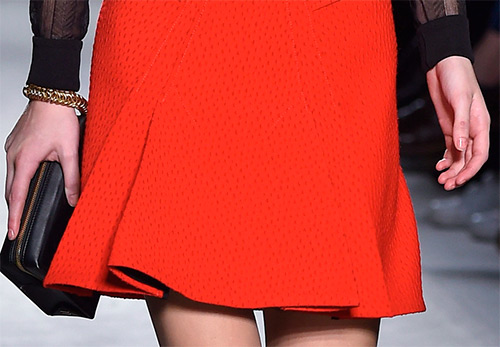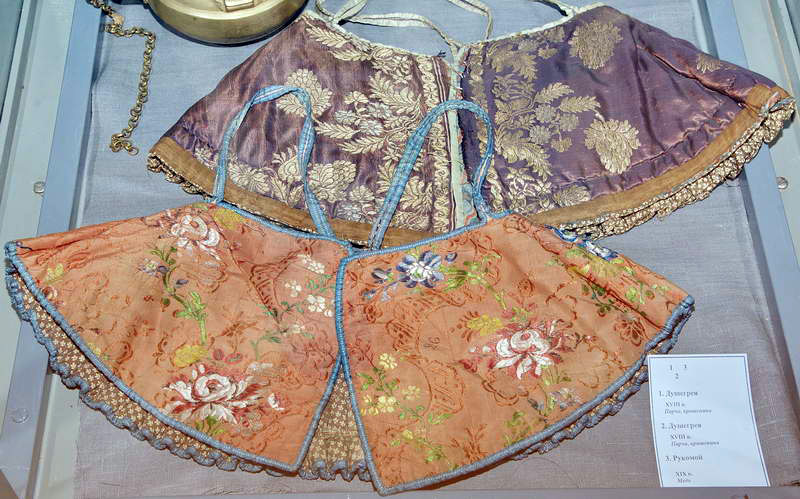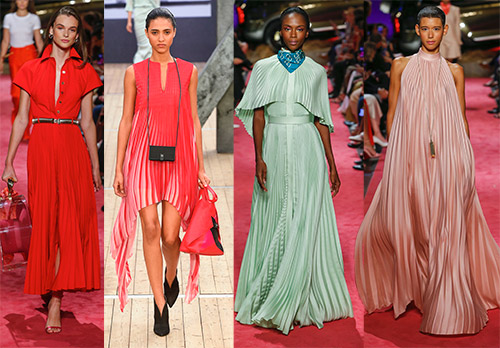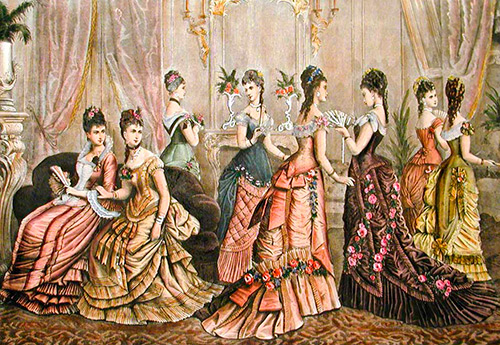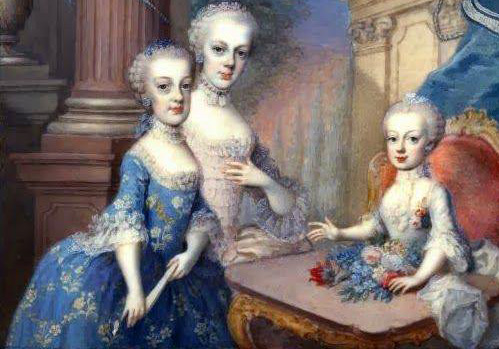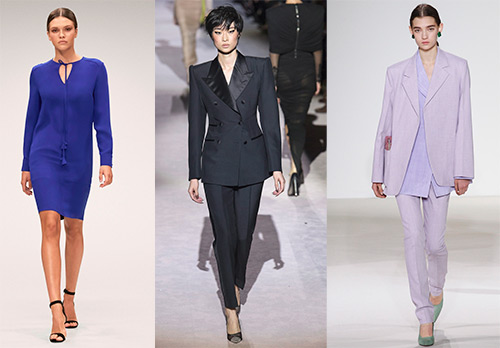Fashion history
Pleats on the dress, pleats on skirts, pleats on blouses….
You can find them everywhere, on any piece of clothing, and not only on clothes, but also on accessories. They are always fashionable. Although ... there were temporary difficulties and even big problems in their lives, especially in the 60s of the last century, when minimalism prevailed in clothing - a trapeze dress and nothing else, but even then the folds somehow managed to survive. And so they passed with varying success from decade to decade and gradually increased their status.
What is their feature? The folds accentuate the volume and shape of the garment. They create fireworks from expensive materials.
The first evidence of a fold culture was found in Egypt on items dated 1500 BC At the time of Xerxes (about 480 BC), the Persian court clothes were gathered in a special arrangement of folds on the side. And already in the days of Ancient Greece, the culture of folds had the highest status.
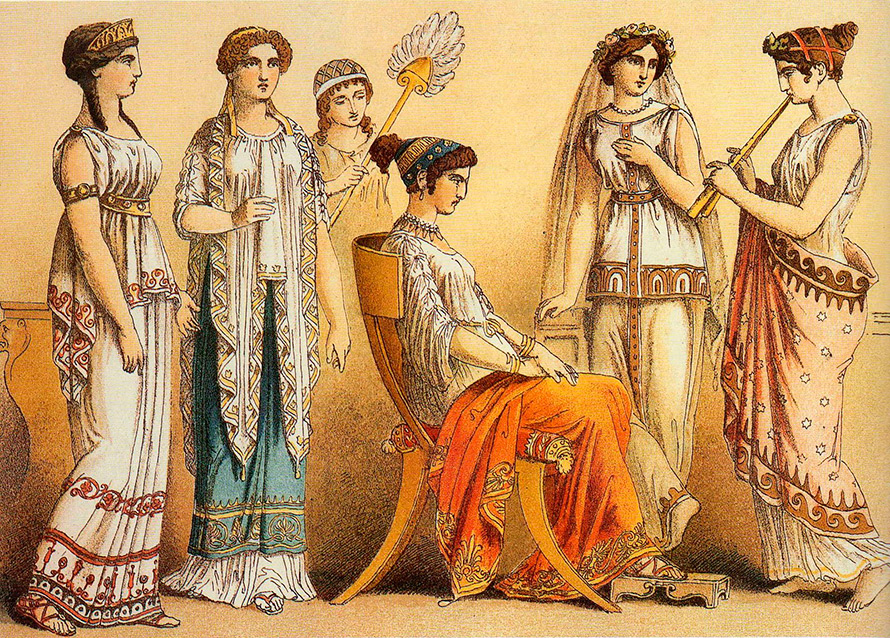
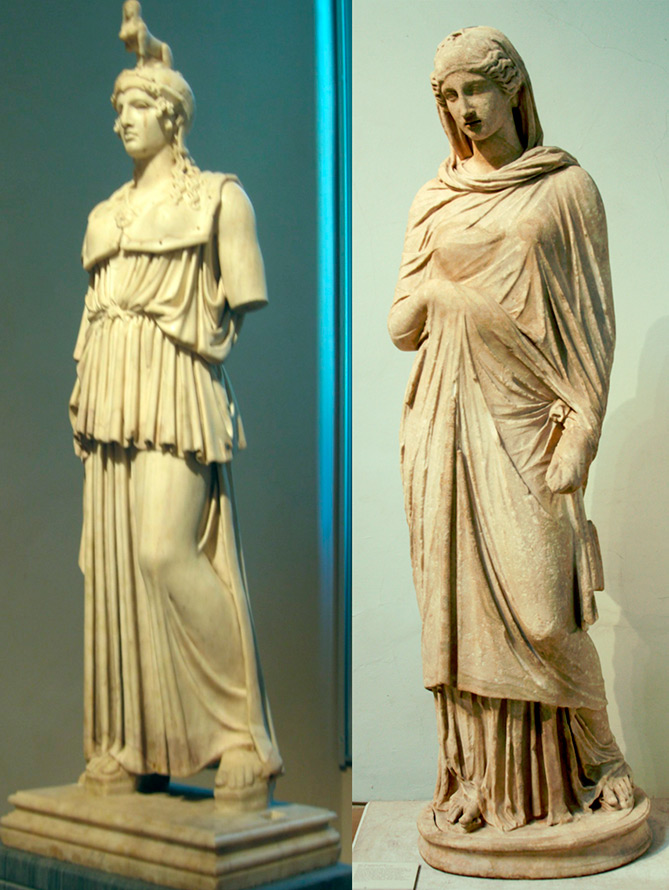

The peculiarities of the style of ancient Greek dress have survived to this day, although their clothes did not know any patterns. Basically, it consisted of rectangular panels of fabric, which were draped in various ways directly on the human body, forming cascades of folds. Ancient Romans wore long tunics with many folds. Then the clothes changed, there was a tendency to emphasize the figure. But soft draperies or small folds remained here and there.
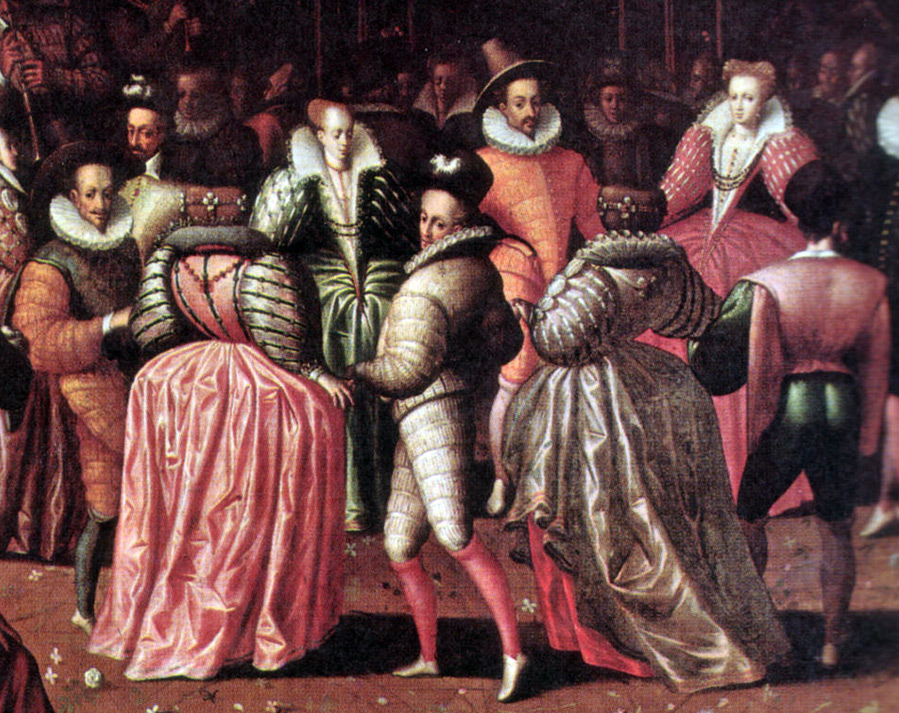
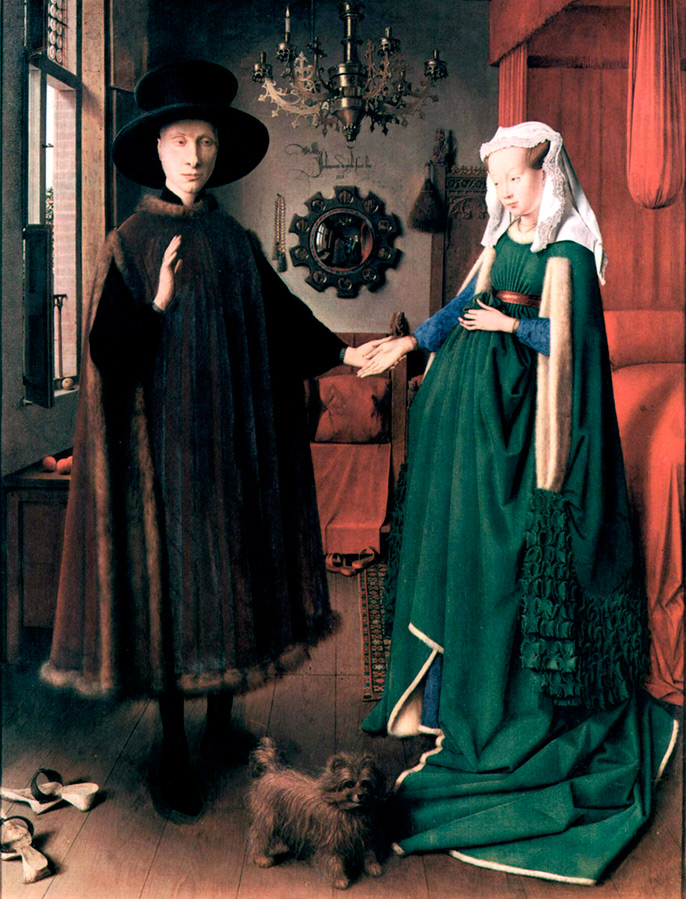
Renaissance for folds has become a real expanse. They were everywhere, even on neckline inserts, caps and puffy sleeves. Small folds - pleating looked like filigree, and the number of folds on the skirts emphasized the status of the lady. Influenced by Spanish fashion, ruffles were often used, which were sometimes replaced by small folds.
Then high collars made of lace pleats became popular, they were equally loved by both women and men. During the Rococo era, during the era of Louis XVI, Watteau folds appeared in fashion. They were on the back, just below the collar, and passed into a train.
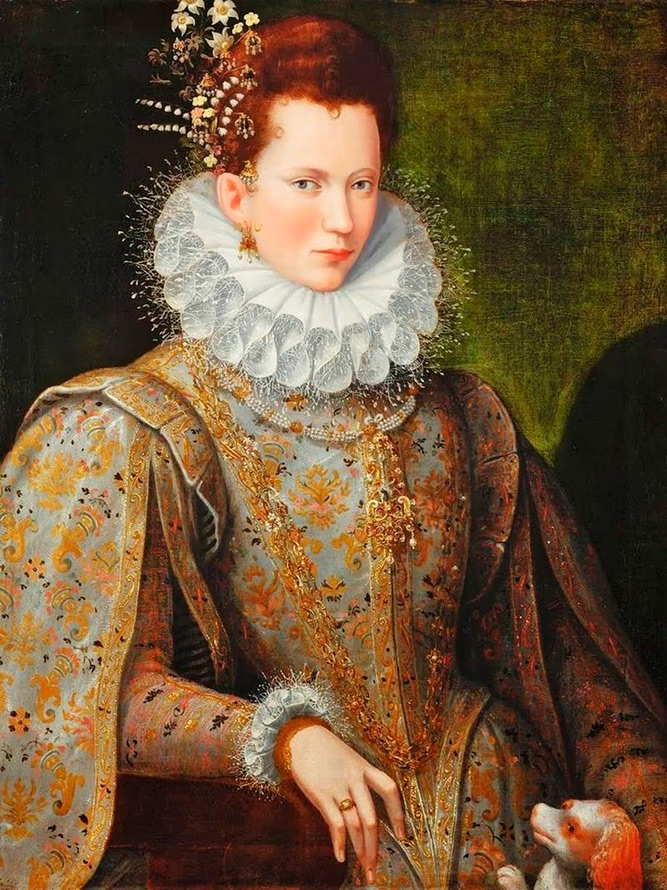
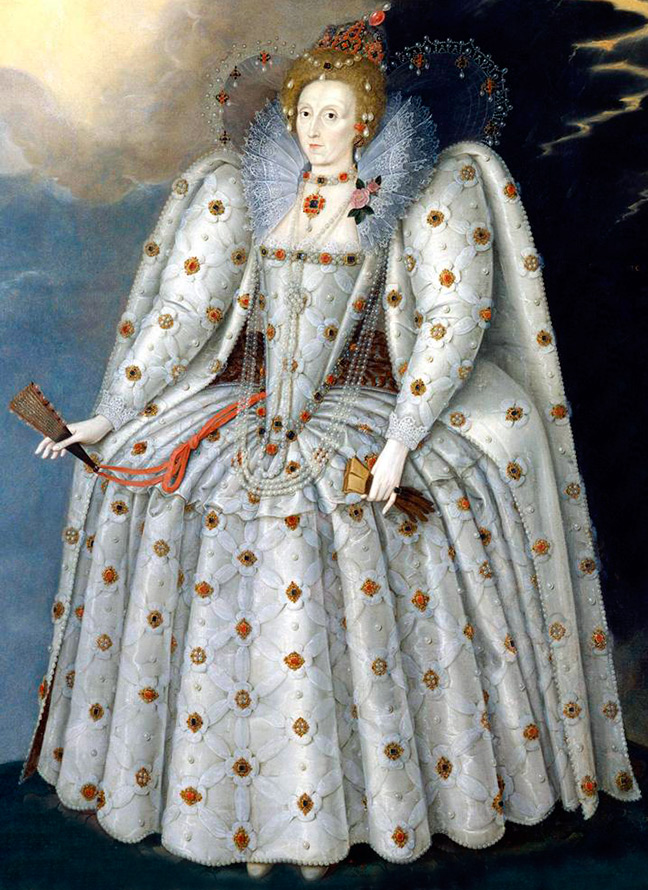
Demeter. Roman copy of a Greek original from the middle of the 5th century BC. The goddess is dressed in ash, belted with a belt, which is fastened on her shoulders with fibulae, and falling to the ground in heavy folds.
The traditional Scottish men's suit contains the so-called kilt, which is a piece of fabric with folds at the back, wrapped around the waist and looks like a skirt.
During the Biedermeier era (circa 1815 - 1848), women's clothing emphasized a thin waist, which was not at all observed in the previous Empire style. And to emphasize it, they began to visually increase the shoulders with huge wide sleeves, and the skirt expanded towards the bottom thanks to the folds. From then on, the folds began their triumphant march, even entering children's fashion. In those days, due to the lack of a specific technique, folds were sewn at the waist and attached at the waist.
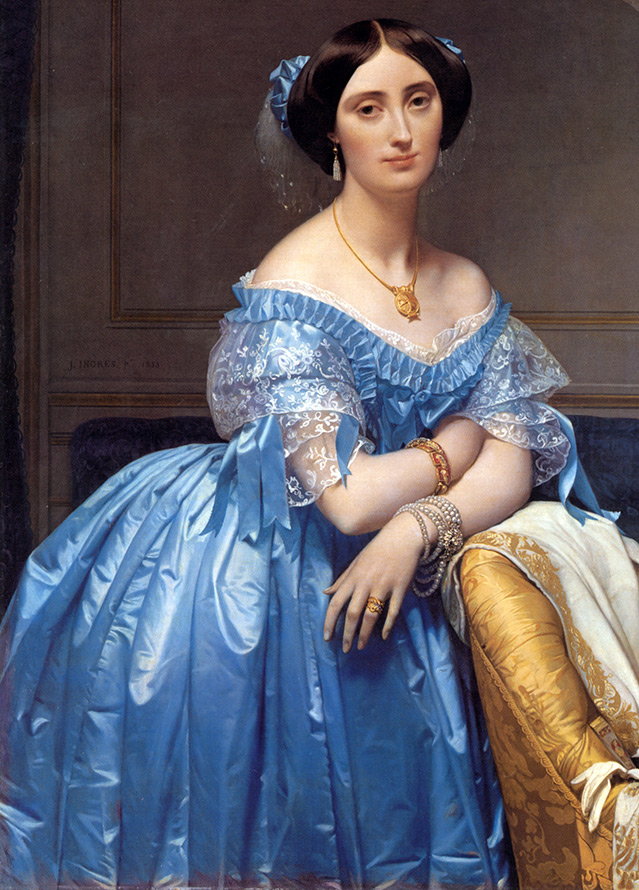
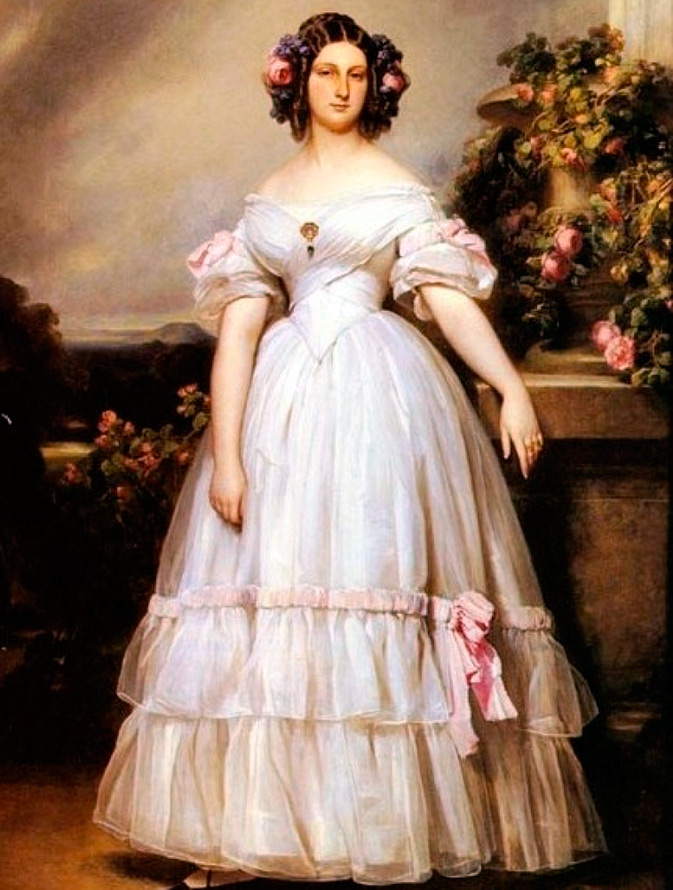
With the beginning of industrialization, it became possible to give folds of different widths. The 20s of the last century opened up new ways for the existence of folds, pleating has become relevant, they still occupy an honorable place among folds. Coco Chanel, which removed and cut off "all unnecessary" for the freedom and comfort of the female body, used them even in models of a small black dress and suits. When we talk about folds, this does not mean an abundance of smoothed folds across the entire skirt, there can be at least one of them - for example, one opposite fold.
Issei Miyake initiated new folds - a new world of folds appeared - a fantasy on the theme of a fold world.
In modern fashion, in addition to the folds of the classic type - one-sided, bow, counter, there are pleats and pleats, which, thanks to new technologies, are made by designers with the most intricate patterns. It is not necessary to do pleating or corrugation yourself, you can just buy ready-made corrugated fabric.
There are criss-crossed fabrics, with randomly spaced and wrinkled folds.
Variations on the theme of folds continue, interesting fabrics appear in which small and large folds are combined or a combination of pleats and pleats.
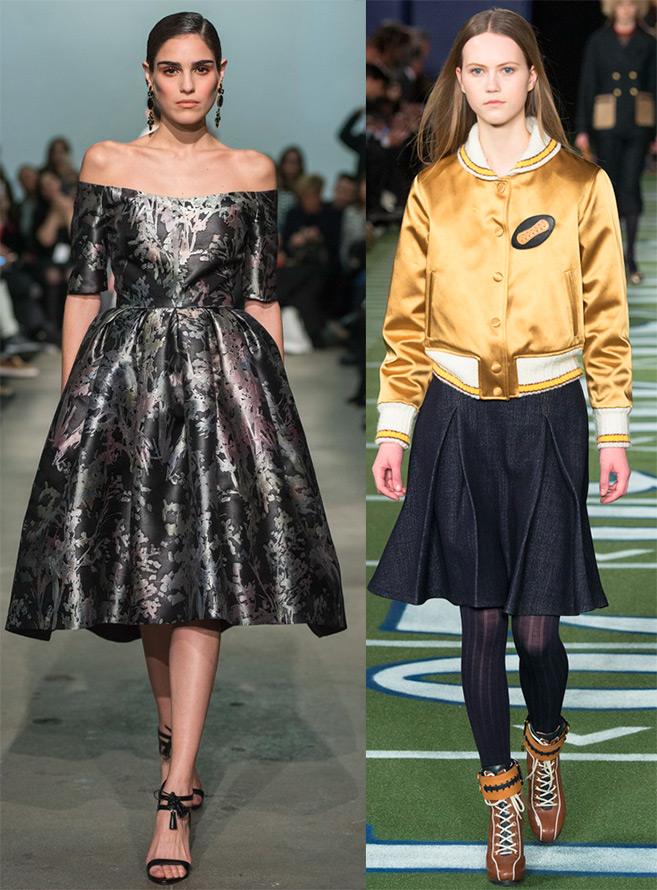
Comments and Reviews
Add a comment
Rating news
Shades of clothing that make women look younger
What shades of hair make women younger: rules and photos
Funny wedding dresses - photos and ideas
12 most expensive down jackets for the winter
How to look 25 at 40: tips from supermodels
Beautiful schoolgirls
Anti-aging haircuts and hairstyles for women
Fashionable skirts for autumn and winter
Fashionable women's trousers for the cold season
Fashionable and stylish sandals for summer 2024
Spring-summer 2024
 Fashionable dresses and tops with thin spaghetti straps
Fashionable dresses and tops with thin spaghetti straps
 Bandana tops: how to wear stylishly and beautifully
Bandana tops: how to wear stylishly and beautifully
 How to put together the perfect men's wardrobe for the summer
How to put together the perfect men's wardrobe for the summer
 Trendy shorts for spring-summer 2024
Trendy shorts for spring-summer 2024
 Fashionable skirts for spring-summer 2024: a guide to online shopping
Fashionable skirts for spring-summer 2024: a guide to online shopping
 The most fashionable dresses spring-summer 2024: styles and colors
The most fashionable dresses spring-summer 2024: styles and colors
 Fashionable total look 2024: image ideas and trends
Fashionable total look 2024: image ideas and trends
